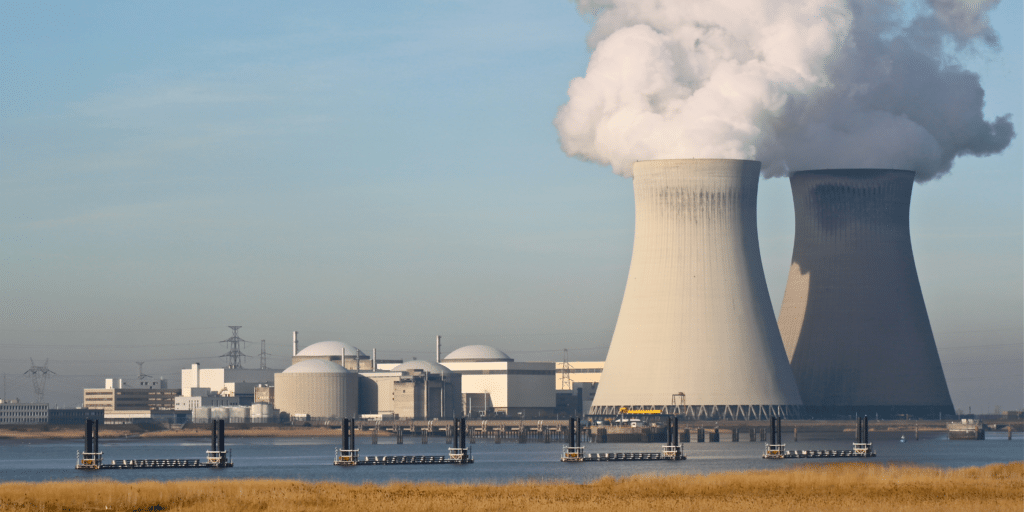
Stock Photo
MANILA – There is an “urgency” in adopting nuclear power as one of the country’s power sources to lower energy costs and address the country’s climate challenges.
Pangasinan 2nd District Rep. Mark Cojuangco said Friday that nuclear power is a cleaner and more reliable alternative to much of the country’s current power sources such as coal and liquid natural gas (LNG).
He said coal comprises 61.9 percent of the country’s energy requirements while LNG covers 12.4 percent as of 2023.
“Why is nuclear energy urgent and imperative? Because of energy density. Konting uranium ang kailangan, napaka-laking energy ang makukuha. Napaka-konti ng waste (Just a little uranium is needed and we can get a lot of energy. And there will be so little waste),” he said during a press conference at Lyon Café in Mandaluyong City.
Nuclear energy, he said, has four million times more energy density compared to more common energy sources, with a gram of uranium having the same energy density as 1,800 liters of oil or three tons of coal.
To date, most of the coal used by local power plants is imported, resulting in much higher energy prices.
He added that the country’s largest source of LNG, the Malampaya gas field in Palawan, is also about to run out, necessitating a new source of energy.
“Kapag hindi natin tinigil ang importasyon of fossil fuels, dun lumalabas ang yaman ng Pilipinas na kinikita pa ng ating pamilya galing abroad. Grabe ang sakripisyo para sa napakaliit (If we don’t stop importing fossil fuels, that’s where much of the country’s money will be spent on. Money that’s even earned by our families overseas. So much sacrifice for so little return),” he said.
To date, he said the Philippines already has some nuclear facilities such as the shelved Bataan Nuclear Power Plant with a minimum replacement value worth around USD2 billion.
These facilities, he said, can be used as leverage to partners such as the Korea Hydro & Nuclear Power (KNHP) which can build nuclear power plants in the country at virtually no cost to taxpayers through payment agreements.
READ MORE
US to offer nuclear-related scholarships for Filipinos
Clean energy goals: Understanding the PH-U.S. nuclear energy deal
“Ang [South] Korea hot na hot mag-export. Ang gastos [for building nuclear plants] ay 60 percent local civil works (South Korea is very willing to export their nuclear facilities. Sixty percent of the cost of building a nuclear plant is for civil works). Koreans are even willing to finance the local civil works,” he said.
He said building such a nuclear plant would benefit the local economy even before the plant begins operation through the creation of hundreds of jobs.
Aside from KNHP, he said other South Korean companies willing to partner with the Philippines in building nuclear power plants include Hyundai, Daewoo and Doosan.
Other affordable alternatives to Korean nuclear facilities, he said, are the AP1000 reactor sold by American company Westinghouse and the CANDU 6 reactor sold by Canada.
He estimated that the country could save as much as PHP1 trillion in energy costs if the country is able to produce 6,000 megawatts of nuclear power.
In addition to environmental and economic benefits, he said nuclear power is also the safest energy source based on the number of deaths per terawatt-hour (TWh) by energy source.
He said coal is estimated to cause as much as 161 deaths per TWh, oil at 36 deaths per TWh, and LNG at four deaths per TWh, compared to nuclear power’s 0.0013 deaths per TWh.
He said nuclear power is also safer than hydro, solar, and wind power — 1.4, 0.44, and 0.15 deaths per TWh respectively.
The briefing was organized by Alpas Pinas, a non-profit organization previously led by Cojuangco and currently led by Gayle Certeza.
The organization advocates for the use of clean and cheap energy, particularly nuclear energy.